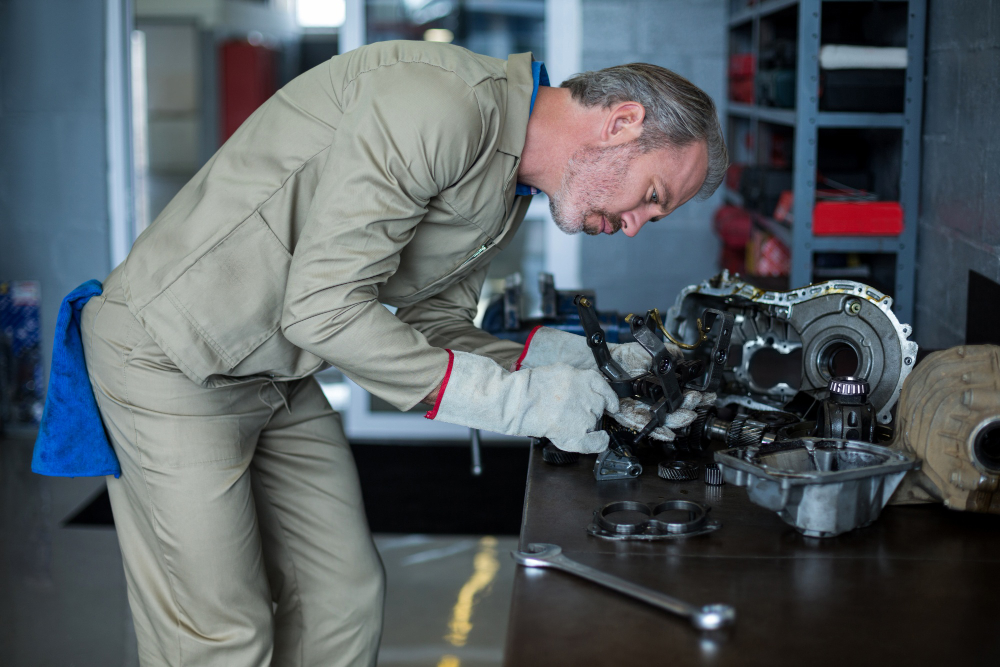The turbo is made to last for the whole lifespan of your vehicle. But with time, the turbo may sustain damage, which is why you should be well-versed in Diesel turbocharger repair services.
We’ll go over typical causes of turbo failure, symptoms of a blown turbo, and what to do if your turbocharger fails in this article. We’ll also discuss Garret turbochargers, turbocharger replacement, and why Diesel Components, Inc. ought to be your first choice for any turbo repair or replacement.
What are the signs of a blown turbo?
Let us first look at what may damage the turbo in your car:
- The vehicle’s age and mileage
- The kind and quantity of engine oil in the system
- Damaged seals (which allow oil to enter the exhaust system)
There could be some indicators if your turbo fails for whatever reason. Nonetheless, if you pay close attention to how your vehicle is operating, you will be able to identify the warning signs of the most typical turbo issues. As a result, you may verify the possibility of turbo problems, requiring our services to conduct a diagnostic test to identify the issue’s source. We can discuss turbo rebuilding with you when you come to see us.
The most common signs of a blown turbo are:
- There is a discernible loss of power in your vehicle.
- It accelerates slowly and noisily.
- It struggles to maintain high speeds.
Exhaust smoke is visible. - An engine problem light appears on the dashboard
What should I do if my turbocharger fails?
To ensure that the same event does not happen twice, identifying the source of the failure is the most important step. Turbo failures come in a variety of forms and have a wide range of causes. You need to fix the turbocharger if something causes it to fail.
If you bring your failed turbo to us, we can quickly get you back up and running by analyzing and discussing what was found.
Below are some things that our expert will inspect if your turbocharger fails
This is not an exhaustive list because certain diesel engine parts require maintenance on additional parts. Continue reading to learn what steps we’ll take for Diesel turbocharger repair services.
- To make sure the exhaust and air intake systems are clean and in good working order, we will spend some time inspecting them. Parts of your turbo may wind up in the intake or exhaust if it breaks catastrophically. After the new turbo is installed, they might resurface, which would harm the new turbo.
- The filters and oil will be changed. To ensure that everything causing the turbocharger failure is removed, this would come after removing the sump. After that, we’ll take off the oil feed line and fittings to check them for impurities. If you’d like, you can also request that we change the air filter.
- The intercooler will be inspected because it may still contain large amounts of oil or components from the first failed turbo.
- To guarantee proper operation, we will clean or replace any catalytic converters or DPFs in the exhaust system of your car.
- We’ll inspect intake pipes for deterioration and cracks.
- Lastly, we’ll look for exhaust leaks as well.
Conclusion
The engine will suffer more harm the longer you drive a vehicle with a malfunctioning turbo. Additionally, this will increase the cost of turbocharger repair above what it should. Even though you can drive a vehicle with a blown turbo, it is far better to stop driving and bring the vehicle to us so we can repair or replace the turbo. The engine of the car will suffer additional harm the longer its faulty turbo is left unfixed.


